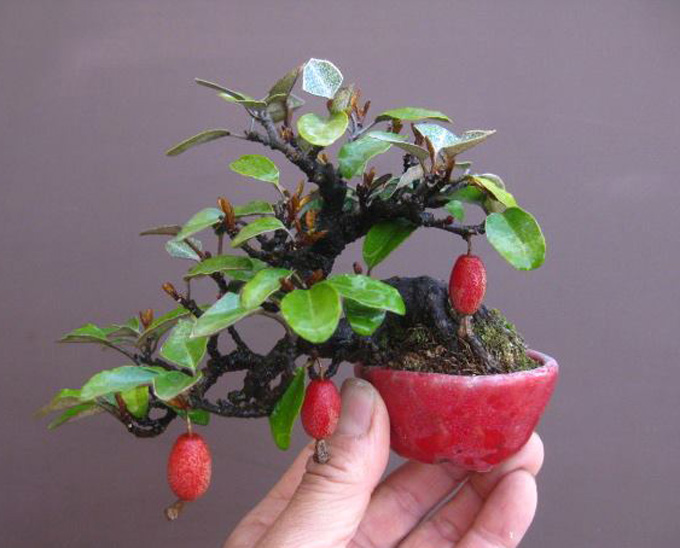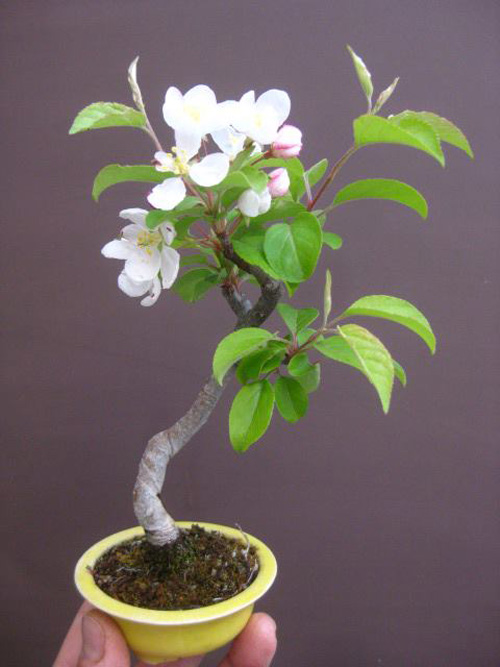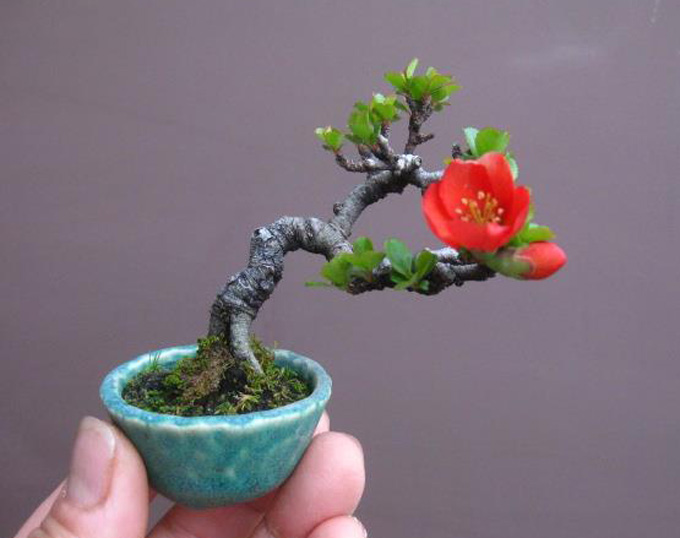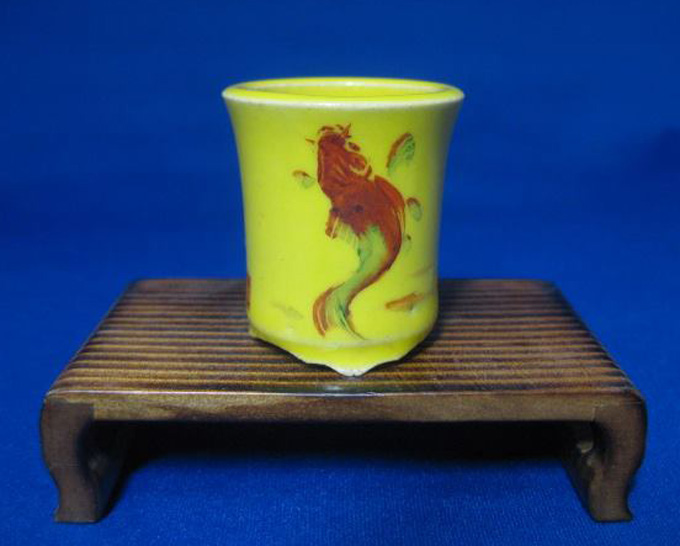
It’s hard to deny the mind stopping power and originality of this bonsai. It’s by Luis Vila and the photo is by Salvador De Los Reyes. We pinched it from Empire Bonsai (apologies to Salvador and Empire for our crop; we wanted to maximize the tree).
I usually try to come up with a good excuse for resorting to our archives (rather than going to the trouble to come up with something new), but today there’s no good excuse. Unless you think laziness qualifies.
This post originally appeared in November 2013. It was titled ‘Crazy Bonsai.’ Beyond laziness, another reason to show it again is, we featured a piece of the lead tree (above) in our last post.
Once again we’ve been out stealing from honest, hard-working folks. And we’re not even that embarrassed. I suppose we’re redeemed by our fanatical devotion to attribution (if you want to be a successful pincher, you need to show some respect).
In this case our mark is Bonsai Empire, a site that’s just too good to pass up (we’ve lifted a little from them in the past, but not that much). They’ve got miles of great bonsai photos, reams of useful information and they too know the value of attribution (note from the present; Bonsai Empire is still a great place to visit, but I probably should have said that ‘they sometimes know the value of attribution’).
All the photos in this post are from a post of theirs titled Top 10 Crazy and Unusual Bonsai Trees. We won’t show all ten here, but my guess is that you’d be more than welcome to pay them a visit.
 Bonsai Empire borrowed this one from Crash Bonsai. Coincidentally, I started the day thinking that we might feature Crash Bonsai, but decided that too many photos of smashed up cars might be a little disturbing for some of us. But not so disturbing that we won’t show just this one and leave the rest to you. BTW, I greatly admire the detail and precision involved in making these unique little scenes.
Bonsai Empire borrowed this one from Crash Bonsai. Coincidentally, I started the day thinking that we might feature Crash Bonsai, but decided that too many photos of smashed up cars might be a little disturbing for some of us. But not so disturbing that we won’t show just this one and leave the rest to you. BTW, I greatly admire the detail and precision involved in making these unique little scenes.

Here’s Empire’s caption for this one: “Big apple on a tiny bonsai tree”. It looks photoshoped, but it is in fact a real Bonsai. Leaves can grow smaller, but often fruits remain relatively big. For more information, read the Fruits and Flowers with Bonsai article. Photo by: Flowerstory.
 I’m pretty sure we’ve shown this remarkably long tree on Bark, but couldn’t find (after an exhausting 30 second search). Before I copy Empire’s caption, I want to point out their little logo in the corner. They put it on all of their photos. The reason you don’t see it on some photos shown here, is because of our propensity for cropping. Now Empire’s caption: “It took 30 years to grow the 6,5 foot (2 meter) branch of this bonsai, at Kyoto Garden Ryokan Yachiyo. Read more on Bonsai in Japan. Photo by: Michael Bonsai.”
I’m pretty sure we’ve shown this remarkably long tree on Bark, but couldn’t find (after an exhausting 30 second search). Before I copy Empire’s caption, I want to point out their little logo in the corner. They put it on all of their photos. The reason you don’t see it on some photos shown here, is because of our propensity for cropping. Now Empire’s caption: “It took 30 years to grow the 6,5 foot (2 meter) branch of this bonsai, at Kyoto Garden Ryokan Yachiyo. Read more on Bonsai in Japan. Photo by: Michael Bonsai.”
 Makoto Azuma is the artist behind these implausible, phantasmagorical bonsai. I just consulted our astrologer and he or she said you could look for more of these wonderfully outrageous creations in the future. Meanwhile, thanks to Empire for cluing us in.
Makoto Azuma is the artist behind these implausible, phantasmagorical bonsai. I just consulted our astrologer and he or she said you could look for more of these wonderfully outrageous creations in the future. Meanwhile, thanks to Empire for cluing us in.
A good reason to visit Stone Lantern right now
Three Big Sales end tonight at 11:59pm EDT
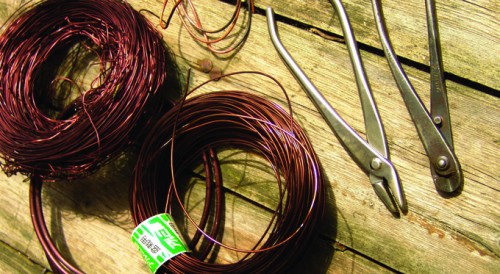
Three Stone Lantern sales that end tonight
Yoshiaki Bonsai Tools and Japanese wire 20% off
Okatsune Bonsai & Garden Tools 20% off
500 gram rolls of Bonsai Aesthetics wire 20% off
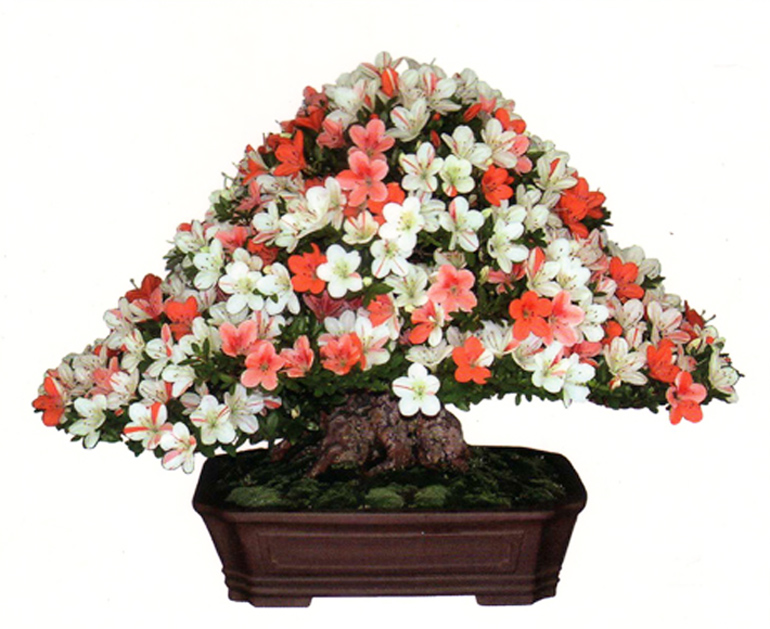
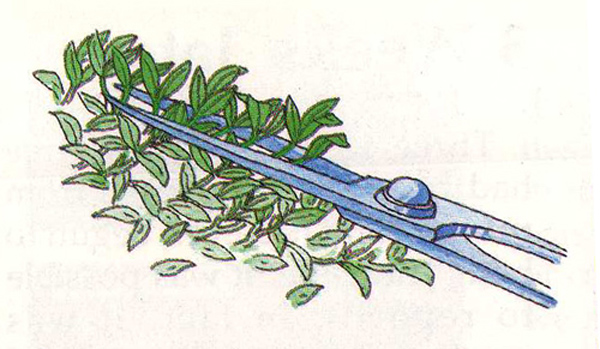 Satsuki shears are used to shape azaleas after the spring bloom and before the new buds set in the late summer/early fall. Not only does this technique keep azaleas in shape, it can also increase next years flower crop (be careful though, sometimes too many flowers can stress a bonsai – see below). All three drawings in this post are from Bonsai Today issue 1.
Satsuki shears are used to shape azaleas after the spring bloom and before the new buds set in the late summer/early fall. Not only does this technique keep azaleas in shape, it can also increase next years flower crop (be careful though, sometimes too many flowers can stress a bonsai – see below). All three drawings in this post are from Bonsai Today issue 1.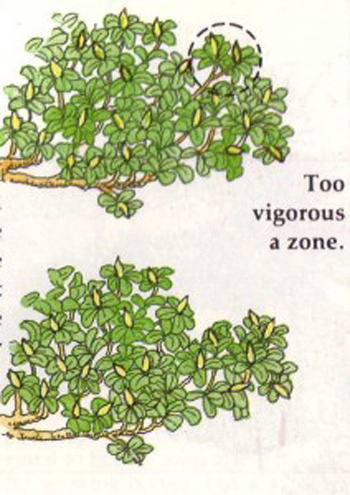 Thinning overly vigorous and dense growth. This helps open up the tree and forces energy into weaker zones. In this illustration the thinning is done in the fall after next years’ flower buds have set.
Thinning overly vigorous and dense growth. This helps open up the tree and forces energy into weaker zones. In this illustration the thinning is done in the fall after next years’ flower buds have set.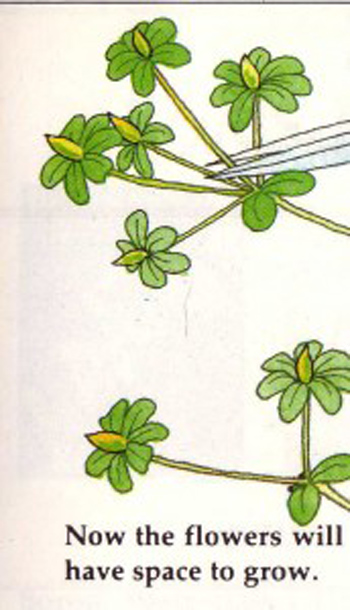 Satsuki shears are used here to thin individual shoots. Azaleas that are shaped but not thinned tend to become dense and may even flower more than is healthy (flowers require extra energy and trees in pots can become stressed if too many flowers make too much demand on their roots and overall metabolism).
Satsuki shears are used here to thin individual shoots. Azaleas that are shaped but not thinned tend to become dense and may even flower more than is healthy (flowers require extra energy and trees in pots can become stressed if too many flowers make too much demand on their roots and overall metabolism).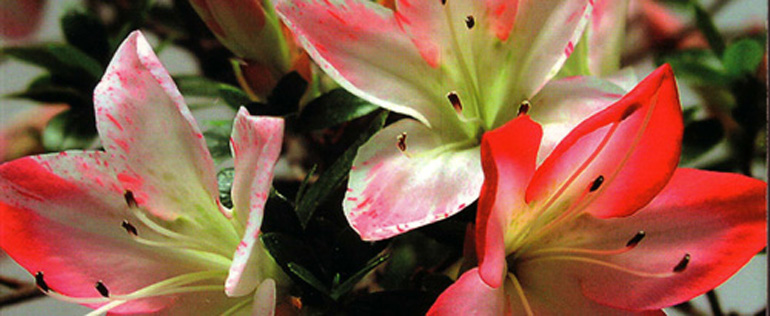 Azalea flowers from the cover of Satsuki Azaleas for Bonsai & Azalea Entusiasts.
Azalea flowers from the cover of Satsuki Azaleas for Bonsai & Azalea Entusiasts.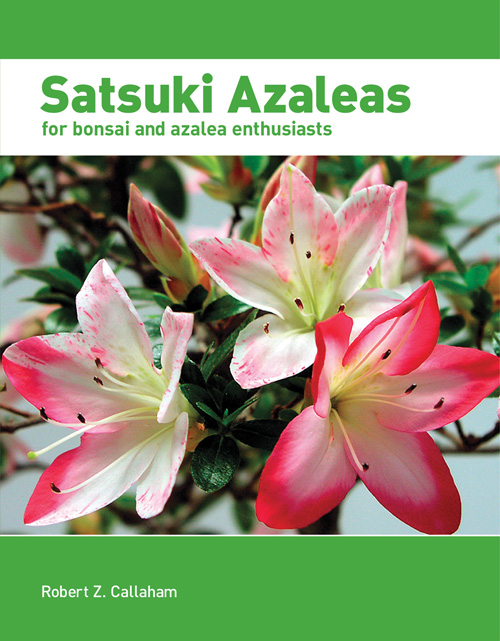




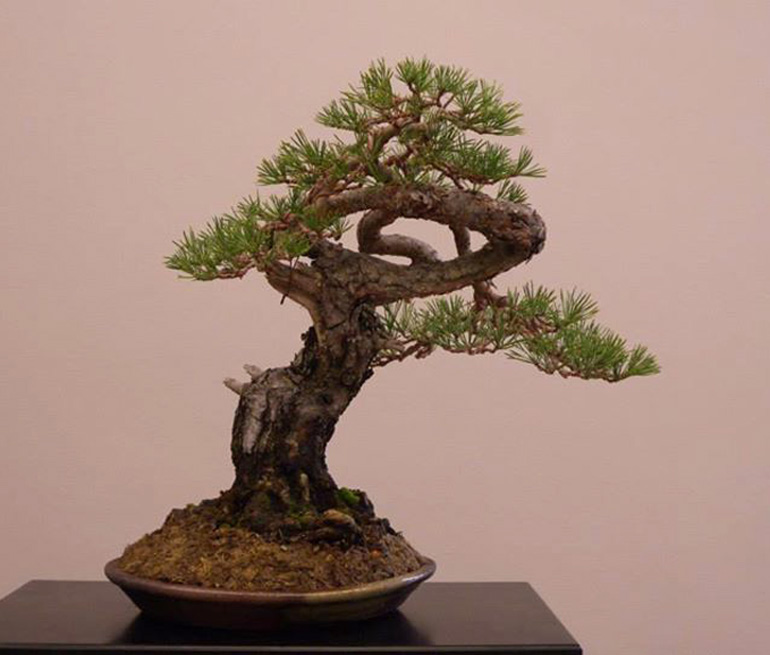
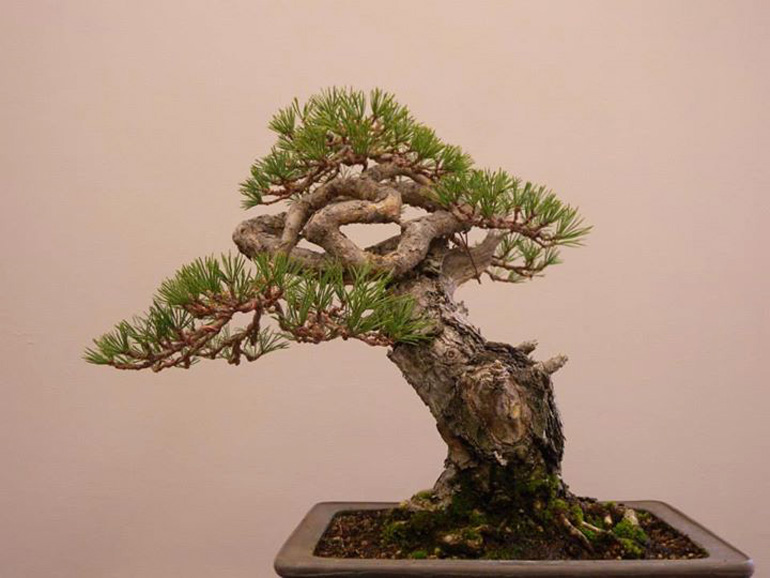
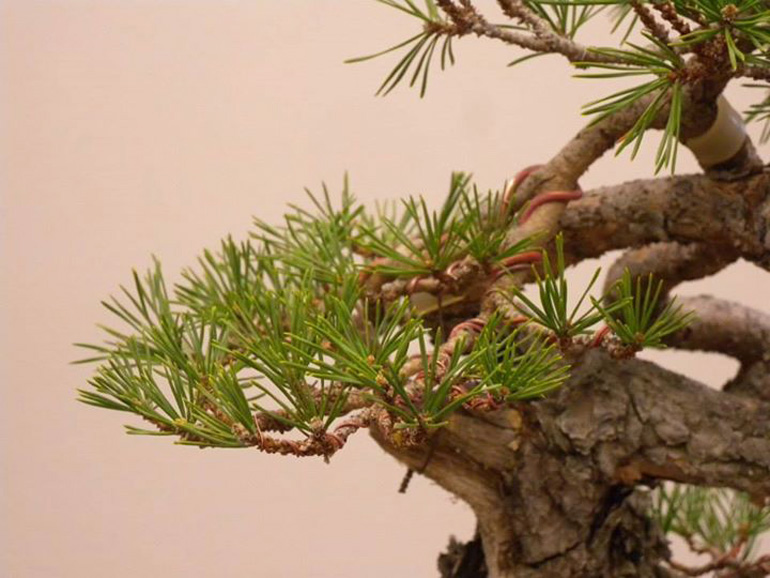
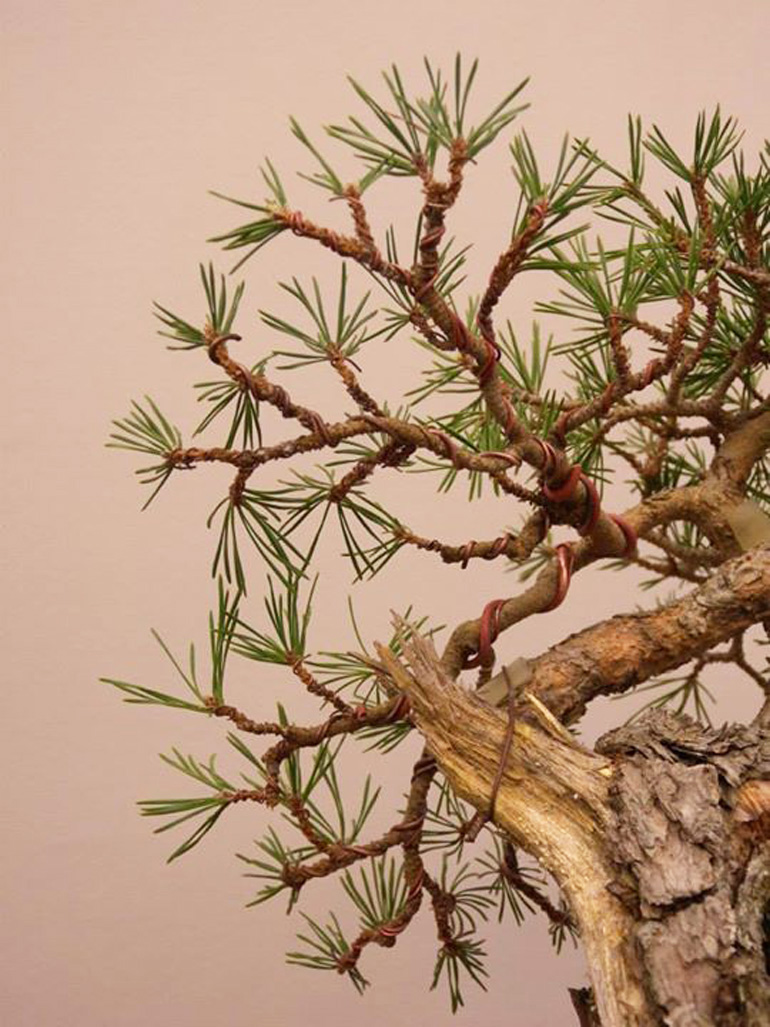

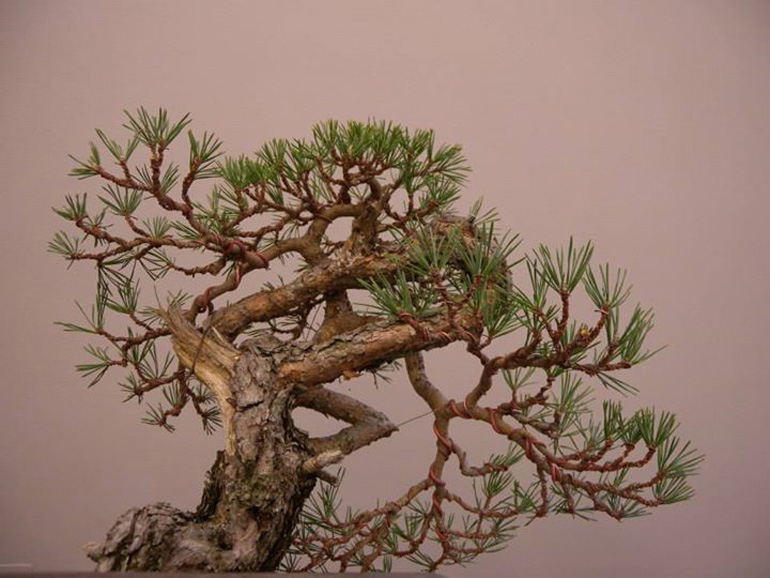
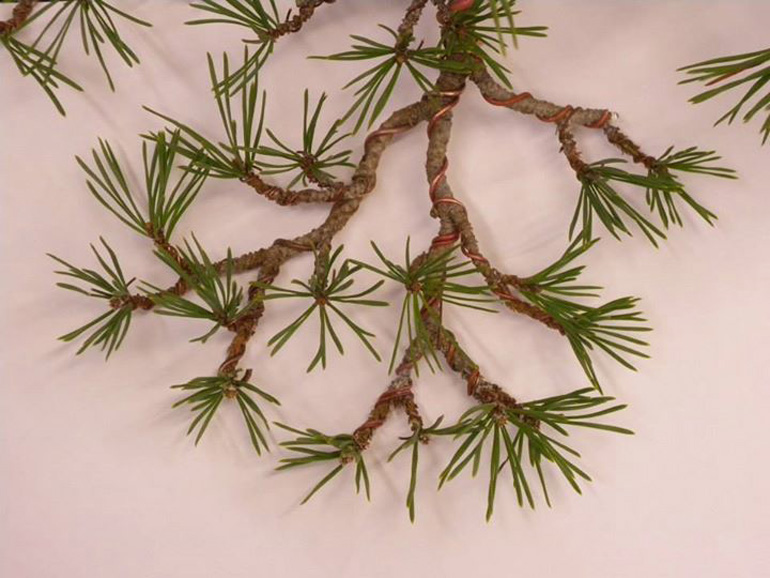

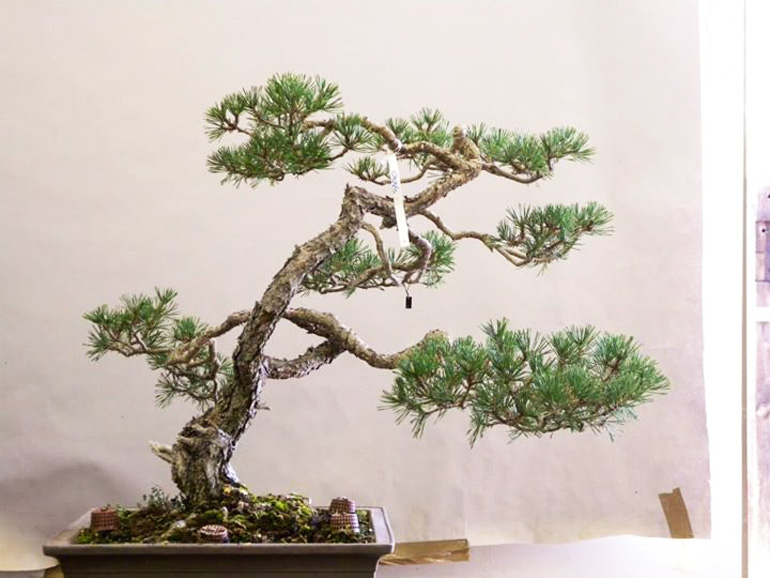








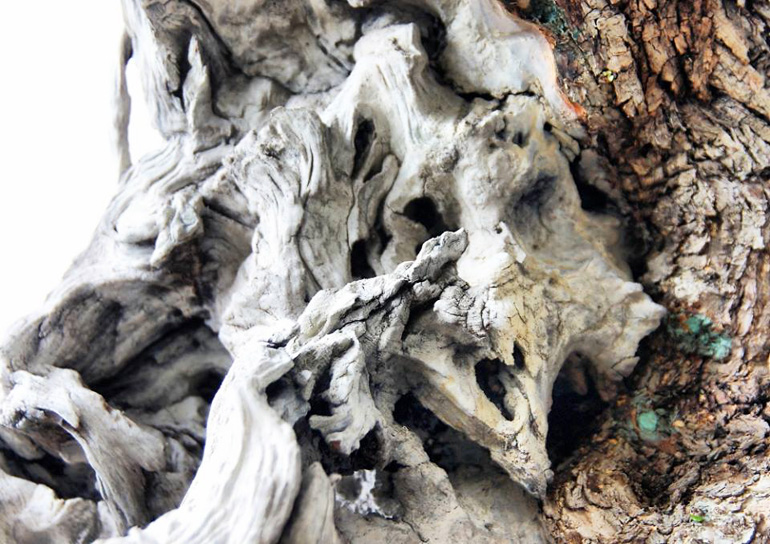
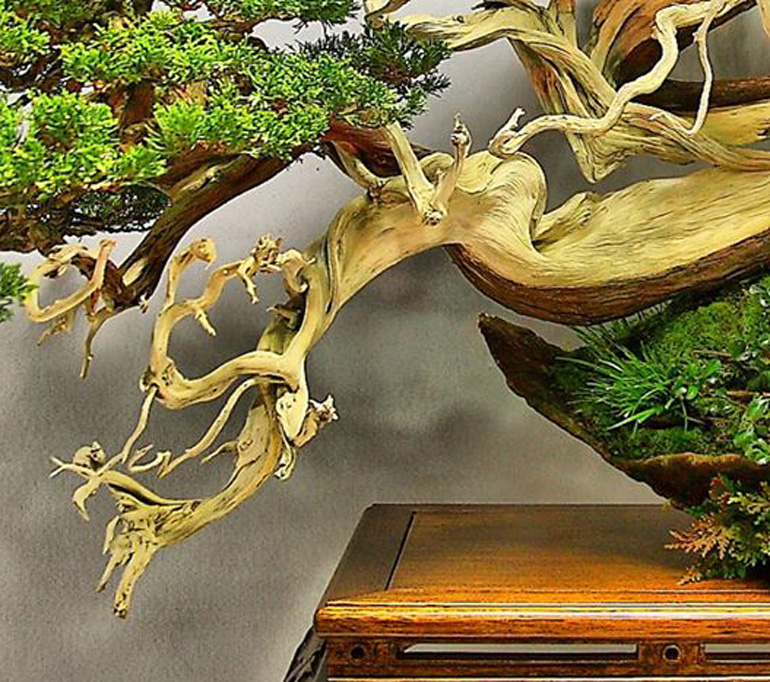
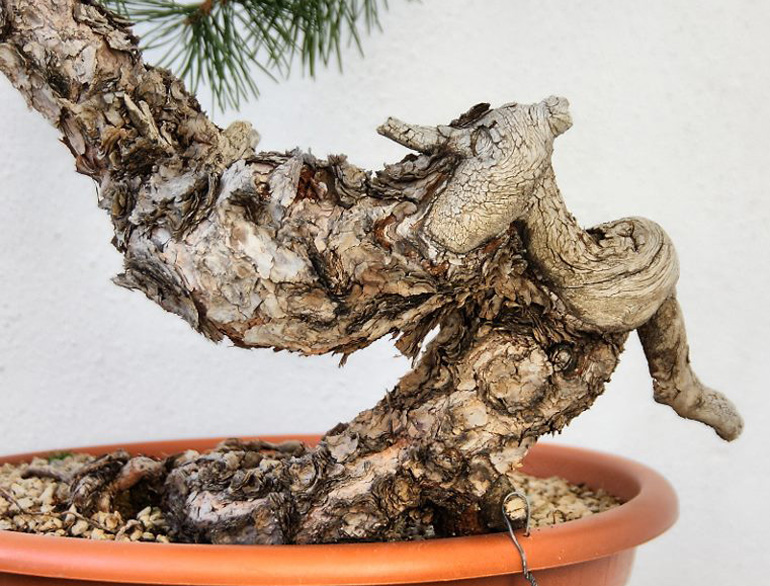


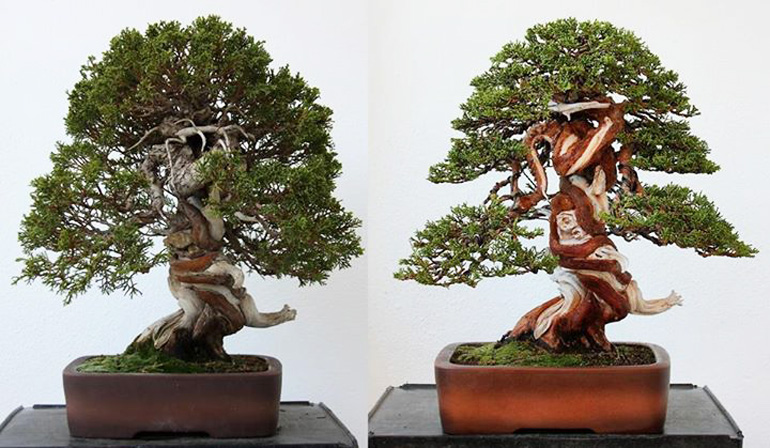
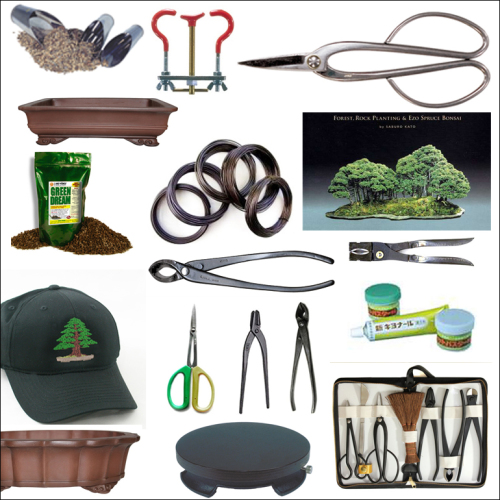
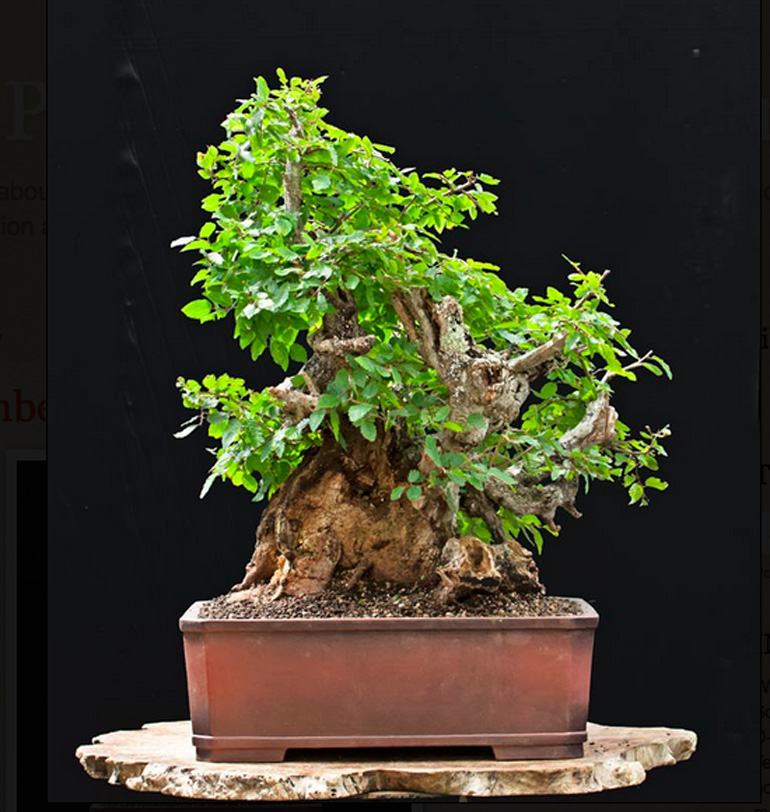 Walter Pall just put this Oriental Hornbeam up on his
Walter Pall just put this Oriental Hornbeam up on his 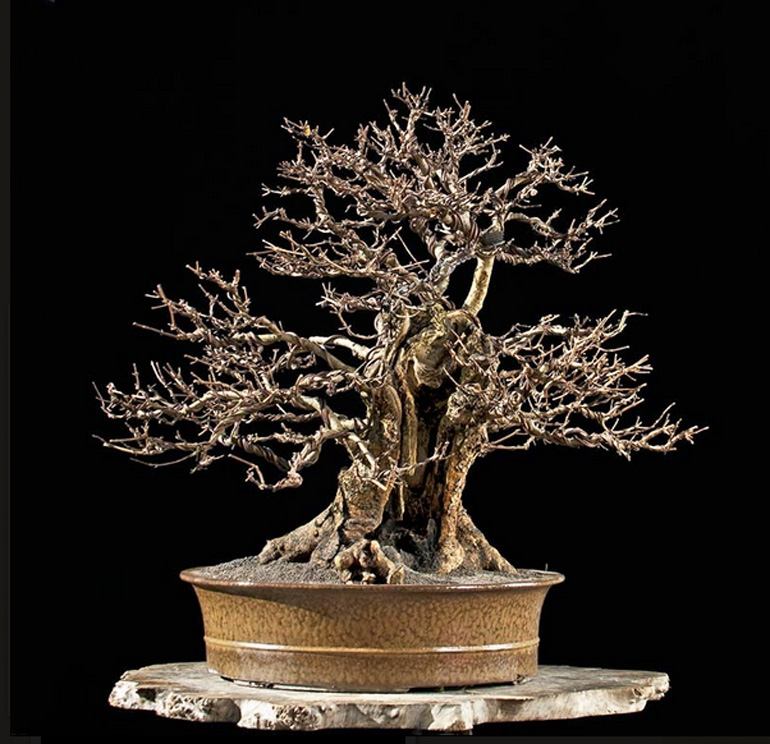
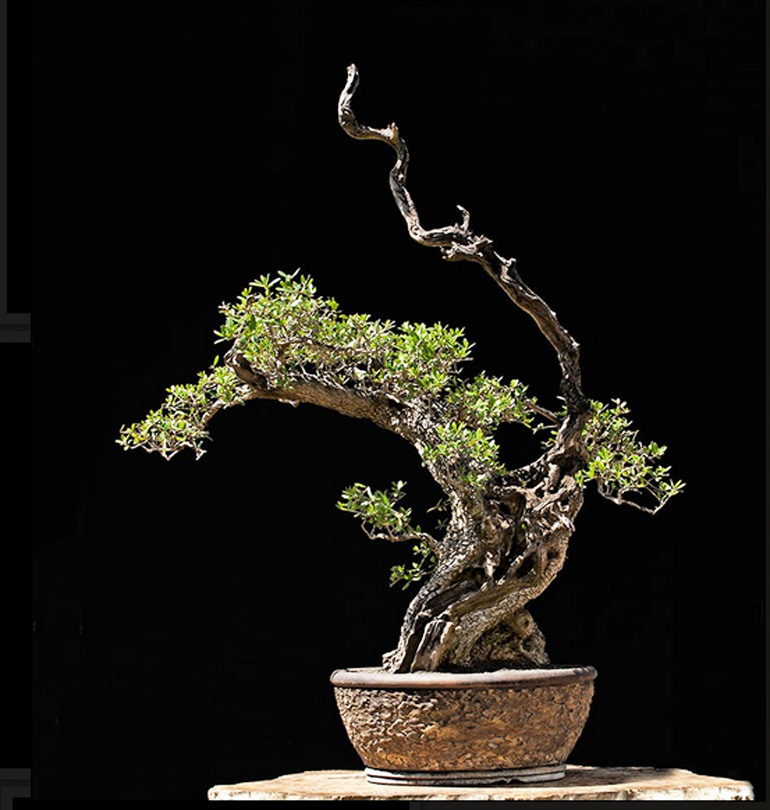
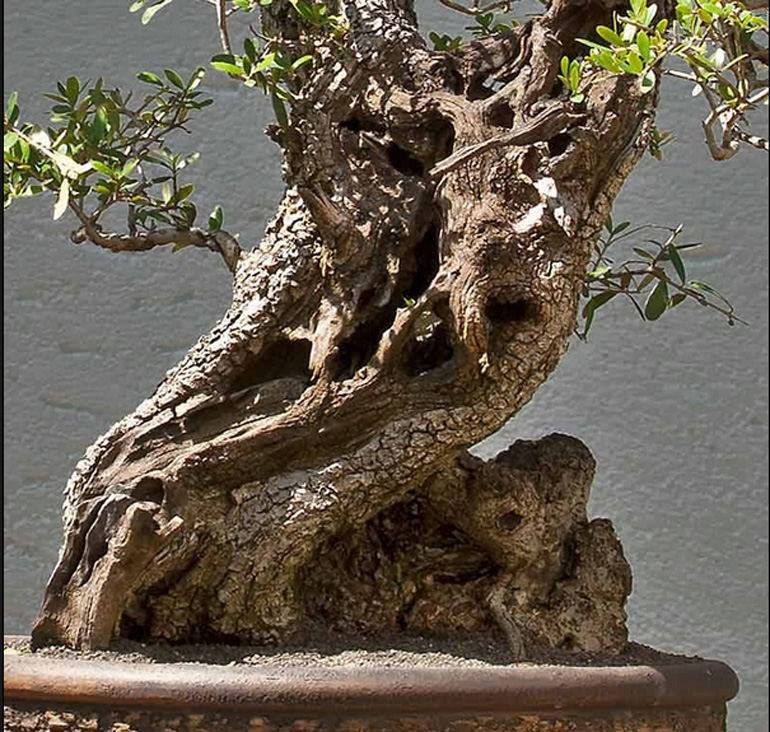

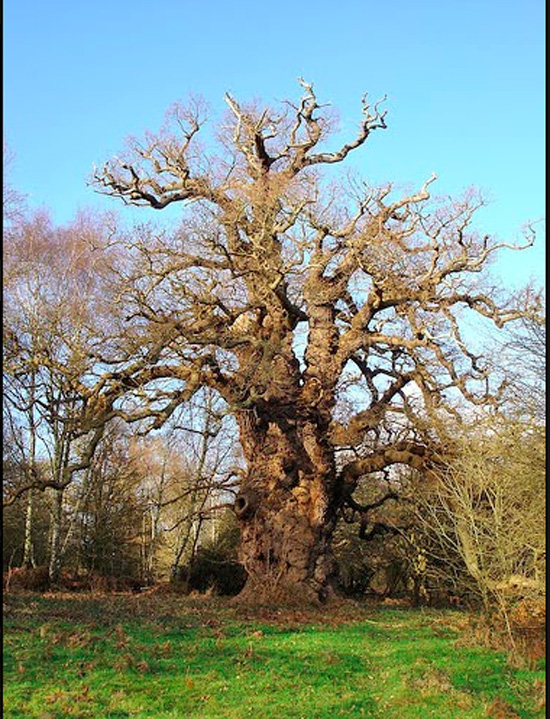
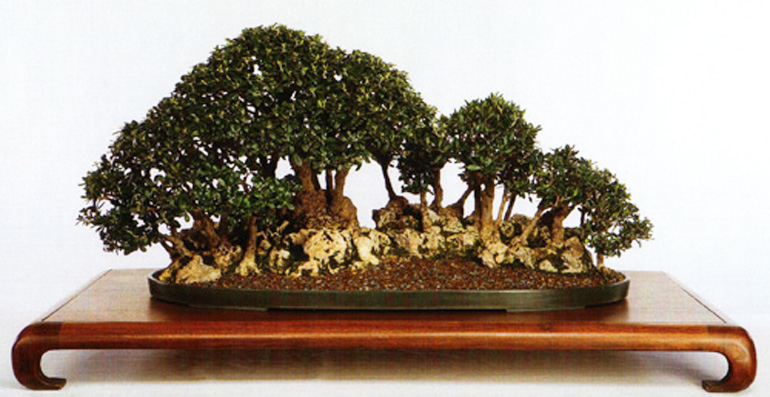 This dramatic European olive forest on a rooted burl is by Melba Tucker. It’s borrowed from
This dramatic European olive forest on a rooted burl is by Melba Tucker. It’s borrowed from 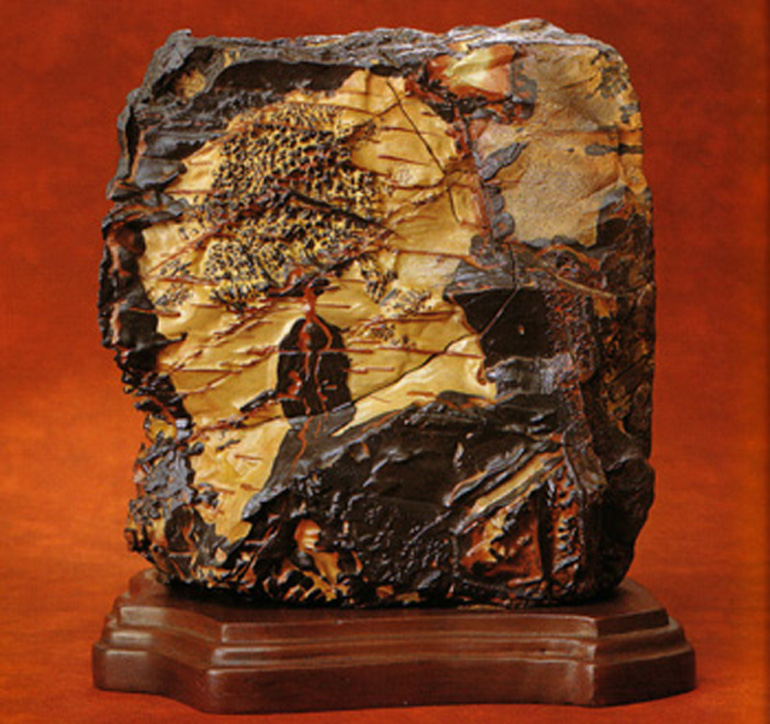 Melba found this distinctive American Pattern Stone in the Mojave Desert. It’s from her book,
Melba found this distinctive American Pattern Stone in the Mojave Desert. It’s from her book, 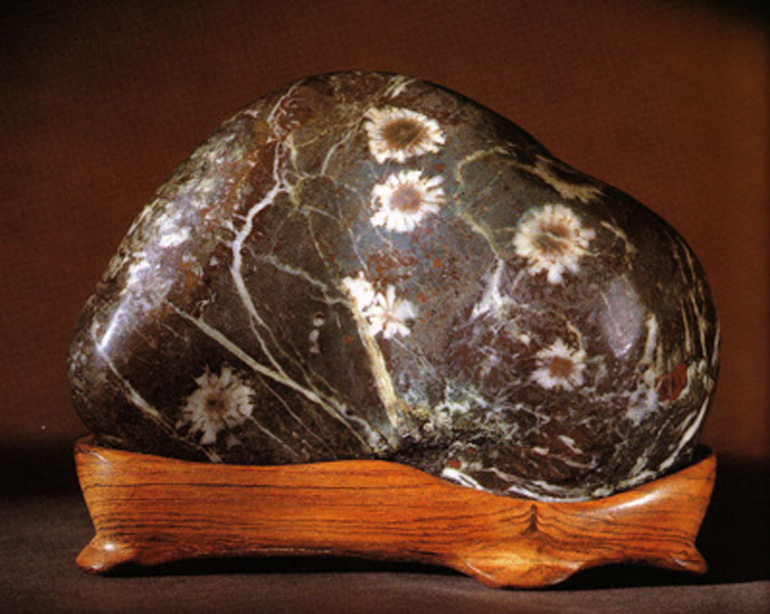 A Chrysanthemum stone from Japan. Also from
A Chrysanthemum stone from Japan. Also from 
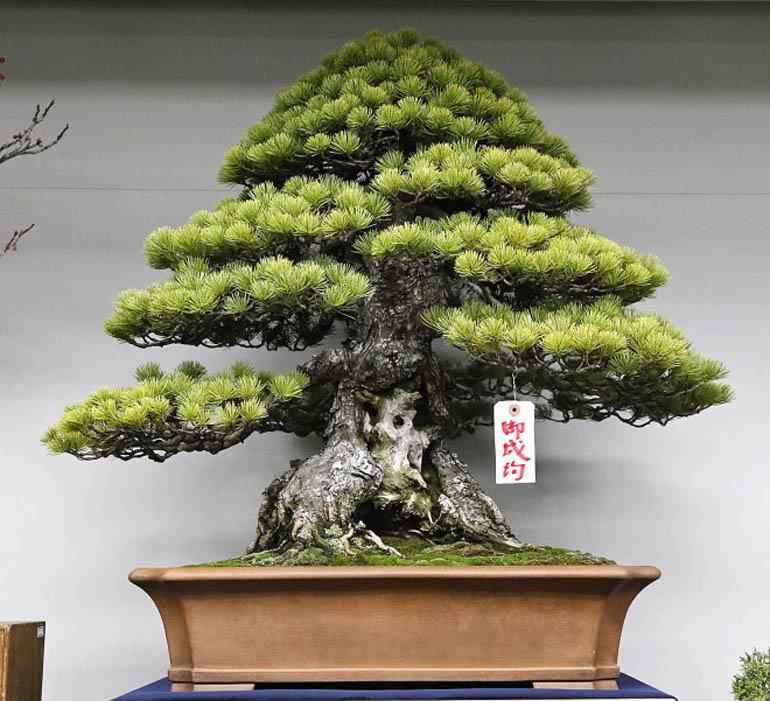 This powerful pine was not one of the winners at the recent
This powerful pine was not one of the winners at the recent 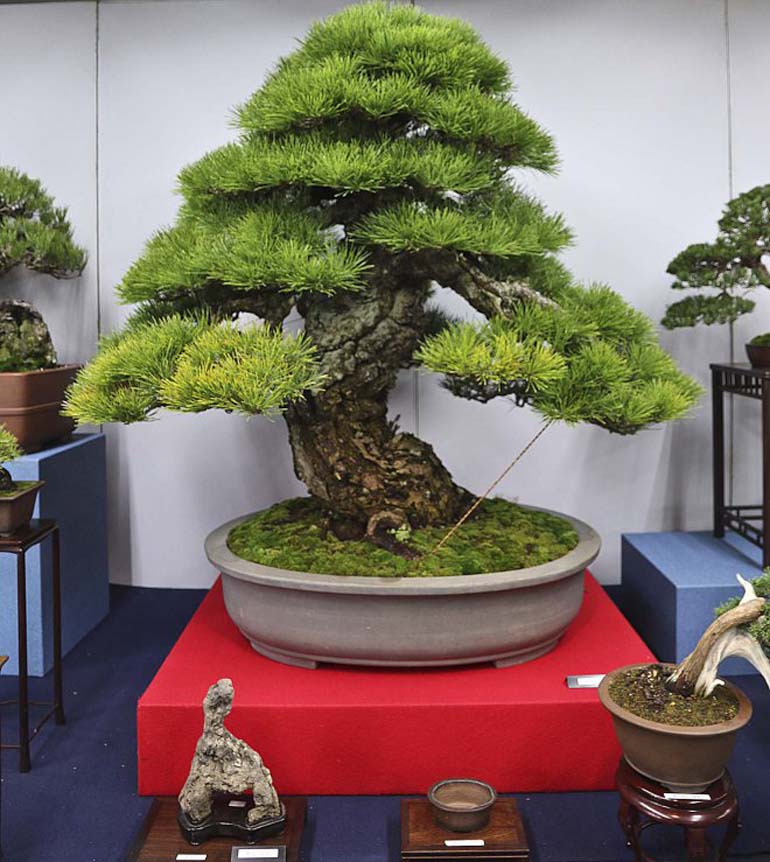
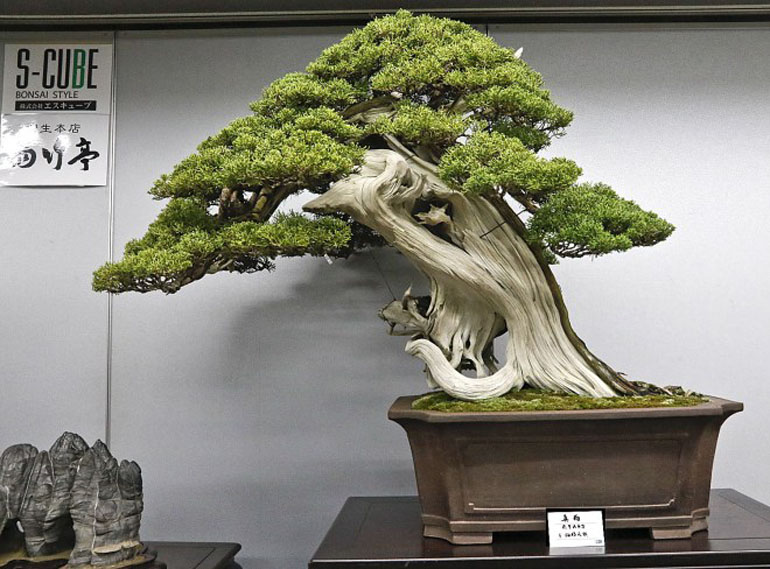
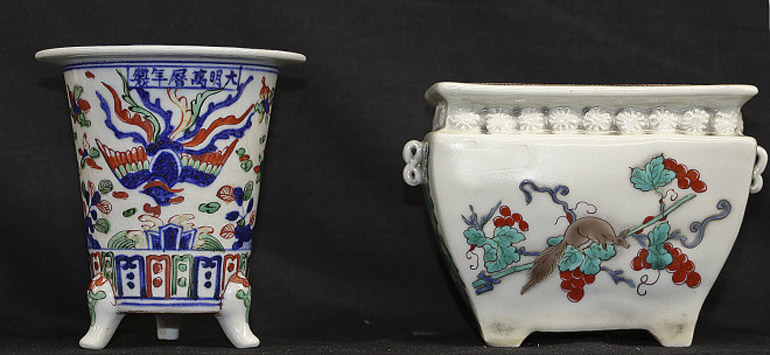
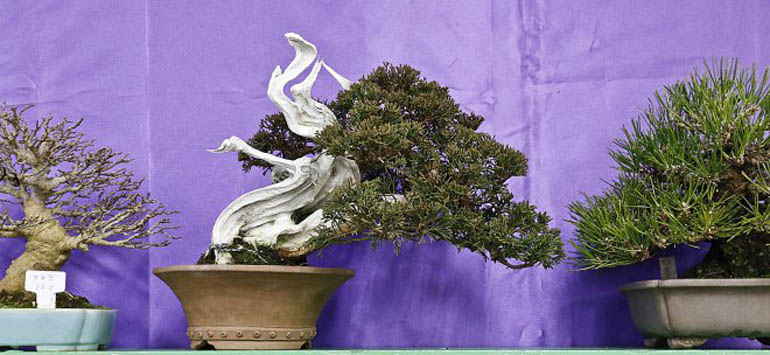
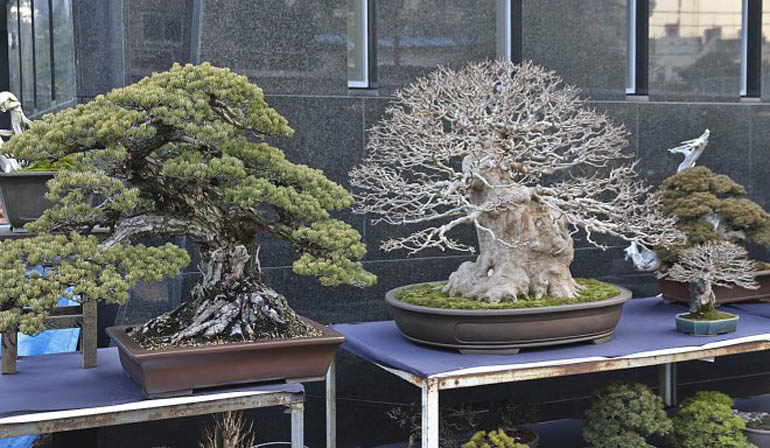
 All of the photos in this post are by
All of the photos in this post are by 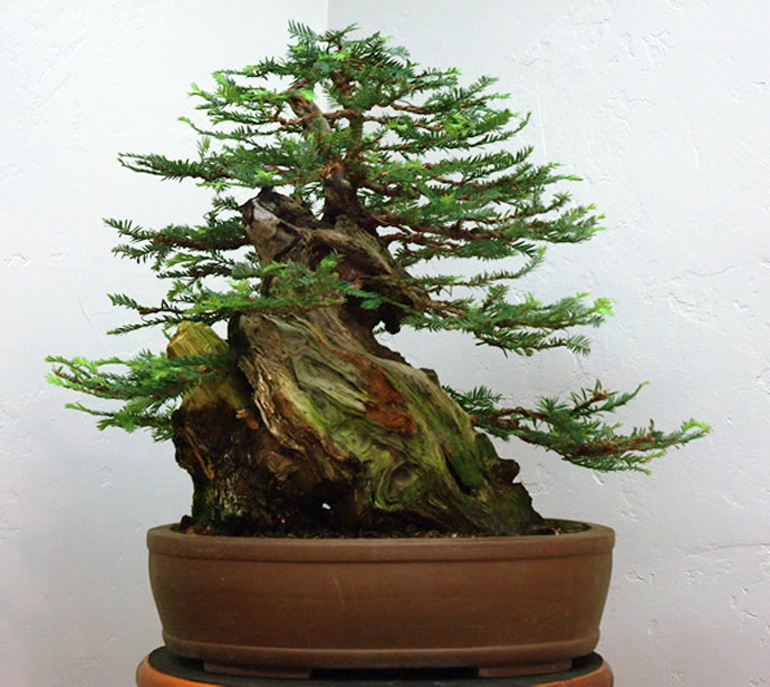 Off to a very good start. Though the branching is young and has a ways to go, the trunk, with its power and character bodes well for the future of this tree. You can find it along with other quality bonsai at
Off to a very good start. Though the branching is young and has a ways to go, the trunk, with its power and character bodes well for the future of this tree. You can find it along with other quality bonsai at 

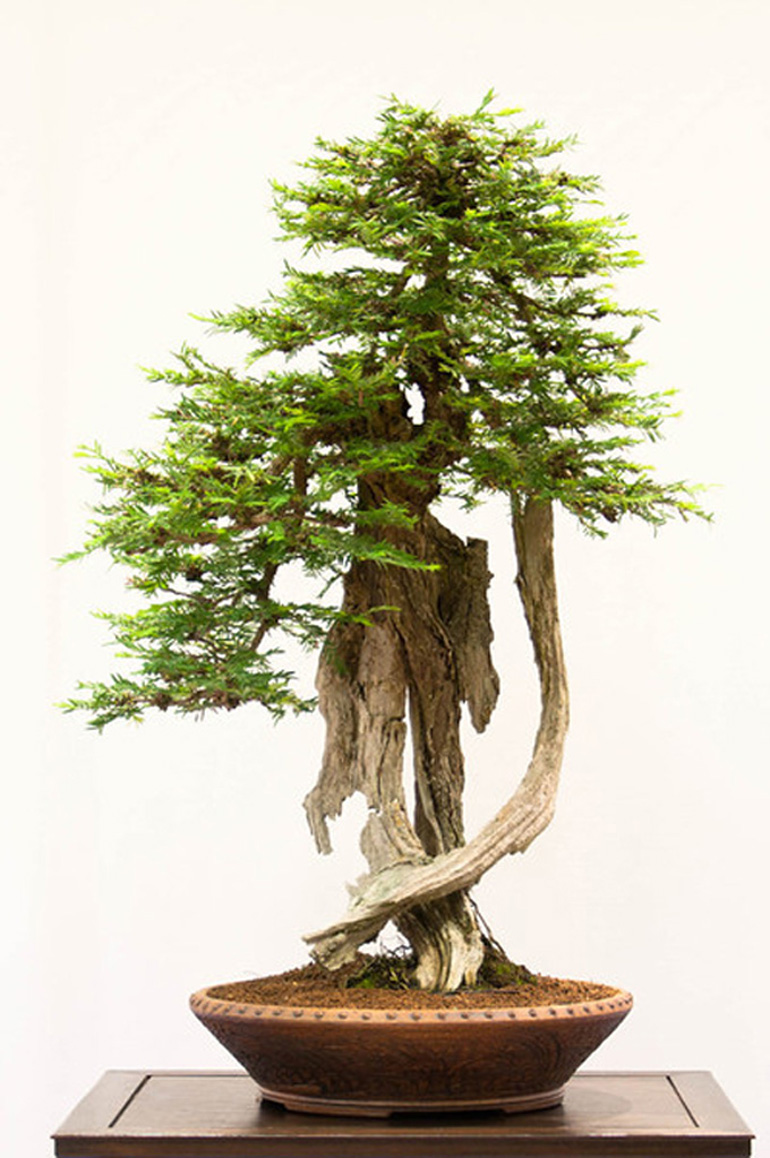
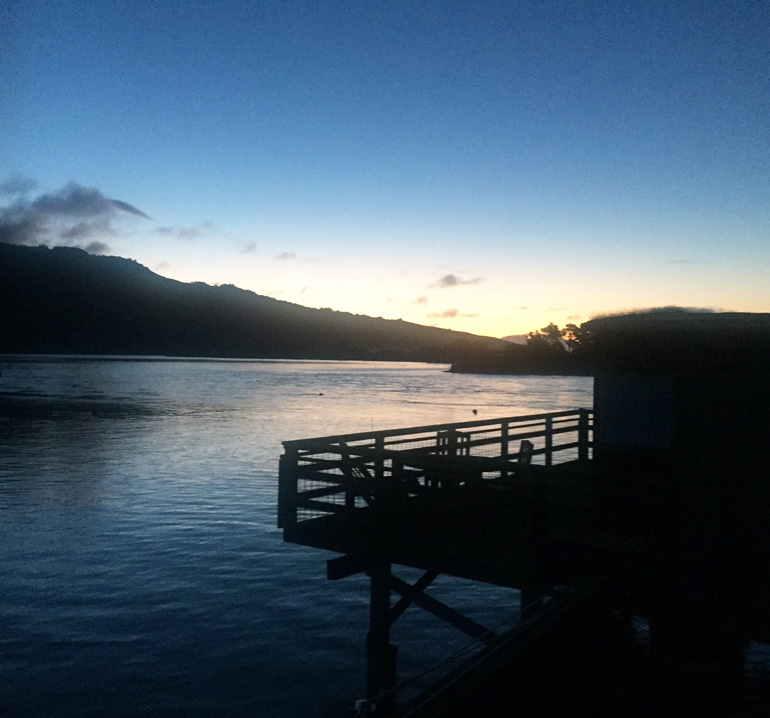 Bolinas lagoon. Crack of dawn this morning. It pays to have kids with connections.
Bolinas lagoon. Crack of dawn this morning. It pays to have kids with connections.
